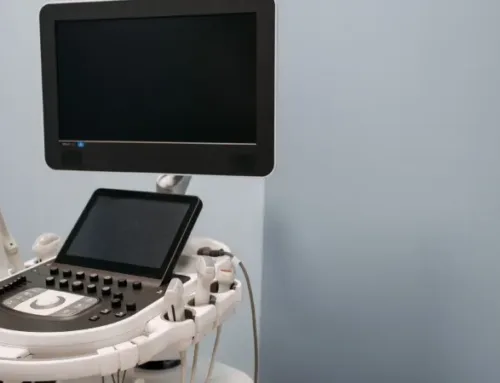Click to Book your Mammogram Appointment
Mammograms are a type of specialized medical imaging that is used to detect breast cancer early, before any noticeable symptoms or changes appear. This non-invasive procedure is performed by a trained radiologic technologist, who takes a series of x-ray images of the breast tissue.
Here’s an article to help you understand more about mammograms:
Understanding Mammograms: What You Need to Know
Breast cancer is one of the most common types of cancer that affects women worldwide. Early detection is crucial in improving survival rates, and mammograms are a key tool in screening for breast cancer. Here are some frequently asked questions about mammograms to help you understand this important screening tool.
What is a mammogram?
A mammogram is a low-dose x-ray of the breast that can detect changes in breast tissue, such as lumps or masses, before they can be felt by touch. It is used as a screening tool to detect breast cancer in women who have no symptoms, as well as to help diagnose breast cancer in women who do have symptoms.

When should I get a mammogram?
It is recommended that women start getting regular mammograms at age 40, or earlier if they have a higher risk of developing breast cancer due to factors such as family history. Your doctor can help you determine when you should start getting mammograms and how often you should have them.
What happens during a mammogram?
During a mammogram, you will be asked to undress from the waist up and put on a gown. The technologist will position your breast on a flat plate and compress it with another plate to spread out the breast tissue. The compression may be uncomfortable, but it only lasts a few seconds. The technologist will take pictures of each breast from different angles.
Are mammograms painful?
Mammograms may be slightly uncomfortable or painful due to the compression of the breast tissue, but the discomfort only lasts for a few seconds. If you experience significant pain or discomfort during a mammogram, be sure to let the technologist know so they can adjust the compression.
Are mammograms accurate?
They are generally accurate, but no screening test is 100% perfect. False-positive results, where the mammogram indicates an abnormality but further testing shows it is not cancer, can cause anxiety and lead to additional testing. False-negative results, where the mammogram misses a cancer that is present, can also occur.
How often should I get a mammogram?
The frequency of mammograms depends on your age, personal health history, and other risk factors for breast cancer. Women aged 40-54 should have a mammogram every year, while women aged 55 and older can switch to every other year or continue with annual mammograms.
In conclusion, they are a vital screening tool in the early detection of breast cancer. Women should talk with their healthcare providers to determine when to start getting mammograms and how often they should have them. By detecting breast cancer early, women can get the treatment they need and improve their chances of survival.







